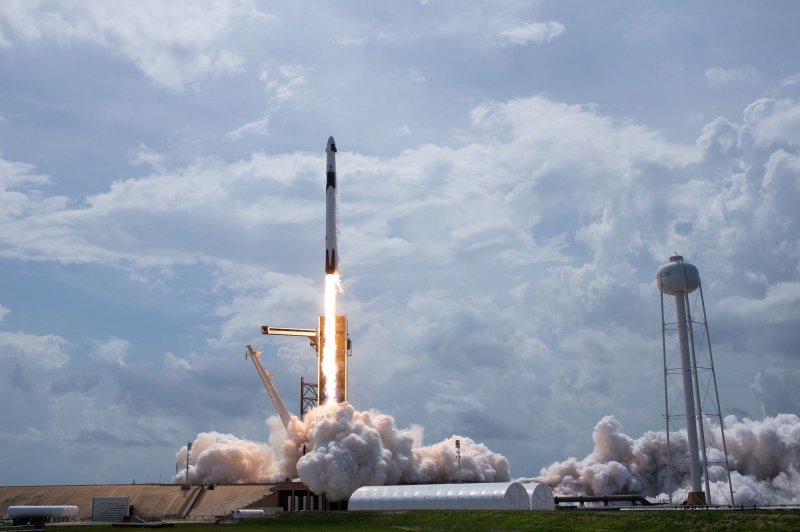Regulators have authorized SpaceX to resume launches with the Falcon 9 rocket two weeks after the vehicle encountered an anomaly in orbit
The space company must conduct an investigation supervised by the U.S. Federal Aviation Administration, identify the probable cause of the anomaly, and implement corrective measures to prevent its recurrence.
This necessitates a rapid turnaround. This procedure is customary in the aftermath of an unsuccessful rocket launch.
After a routine launch of a batch of Starlink satellites on July 11, SpaceX’s Falcon 9 encountered an uncommon issue in orbit. Although the launch and stage separation proceeded as anticipated, the second stage encountered a catastrophic problem.
Twenty satellites were deployed; however, they were in a too low orbit to ensure their survival. All of the satellites have reentered the atmosphere and incinerated.
SpaceX confirmed in an update on its website late Thursday that the issue was caused by a liquid oxygen leak in the insulation surrounding the solitary Merlin engine in the second stage.
The leak resulted from a fracture in a sensing line connected to the pressure sensor. The crack was caused by the strain from engine vibration and a loose clamp in the line.
The mission proceeded as planned despite the leak during the initial discharge of the second-stage engine in orbit. However, the liquid oxygen caused the engine components to become extremely frigid, resulting in the second fire attempt not proceeding as intended.
SpaceX stated that the engine “experienced a hard start” instead of a controlled fire, which resulted in the upper stage losing its orientation in orbit and causing damage to the engine.
The defective sense line and sensor on the second stage engine of the Falcon 9 have been removed by SpaceX for near-term launches. It was announced that these components are not utilized in the flight safety system.
The design modification has been tested at the company’s rocket development facility in McGregor, Texas. SpaceX also conducted “proactive replacement” in certain instances due to the company’s additional inspections of all sense lines on its active second-stage fleet, as stated in its update.
SpaceX had a 335-launch stretch across its Falcon family of rockets before this issue. This comprises 96 successful launches in 2023 and 69 successful launches this year.
SpaceX announced that it had submitted its incident report to the regulator despite the FAA’s assertion that the investigation is still ongoing.
“The FAA has concluded that the anomaly that transpired during the SpaceX Starlink Group 9-3 launch on July 11 did not involve any public safety concerns,” the regulator stated in a statement to TechCrunch.
“This public safety determination implies that the Falcon 9 vehicle may resume flight operations while the investigation is ongoing, provided all other license requirements are satisfied.”
SpaceX intends to execute its subsequent Falcon 9 launch on July 27. Another shipment of Starlink satellites will be launched into orbit during that launch.



